Yup. This one has armor too. It has two 23mm VYa-23 cannon in under-wing fairings, six .30 cal ShKAS machine guns in the wings, three 110 lb bombs under the fuselage, and six RS-82 rockets under the outer wing panels.
History:
Throughout the 1930s the doctrines relating to the use of big armored units were completely reappraised. Because every new threat demanded an immediate answer, a new type of aircraft appeared in the USSR: the shturmovik, or assault aircraft. Several of the best-known aircraft manufacturers worked on this new weapon. At the start of the decade Tupolev proposed two heavy shturmoviks, the ANT-17 and ANT-18, but they were never built. The TsKB (central construction bureau) built four aircraft designed by D. P. Grigorovich, the LSh-1, TSh-1, TSh-2, and ShON. In 1933 a design brigade under the leadership of S. A. Kocherigin-and assisted by the forty-one-year-old M. I. Guryevich, Mikoyan’s future right-hand man-built the TSh-3, also called the TsKB-4. N. N. Polikarpov, for its part, developed the R-ZSh.
Mikoyan and Guryevich started the preliminary design of their first assault aircraft in 1940. The PBSh-1 (Pushechniy Bronirovaniy Shturmovik) armored assault aircraft with cannons) was a single-seater designed to attack frontline ground targets such as troops, strong points, and armored vehicles. It had a cantilever inverted gull wing and was to be powered by a 1,178 kW (1,600 hp) Mikulin AM-38 engine. Sensitive parts, the engine, and the cockpit would be protected by armor plating. But the weight of the armor alone was 1,390 kg (3,065 pounds), or 30 percent of the aircraft’s takeoff weight. The design had to be completely reconsidered to integrate the armor into the stressed structure. It was to be equipped with two 23mm Volkov-Yartsev VYa-23 cannons in fairings beneath the wing (96 rpg) and six 7.62-mm ShKAS machine guns on the wing leading edge (750 rpg). All of these weapons would fire outside the propeller disc.
The bomber version of the aircraft was to carry in its fuselage either 24 10-kg (22-pound) FAB-10 or 24 8-kg (17.6-pound) FAB-8 bombs and either 280 2.5-kg (5.5-pound) FAB-2.5 or 120 1-kg (2.2-pound) ZAB-1 bombs. (FAB indicates demolition bombs, while ZAB refers to incendiary bombs. The number after the acronym reflects the bomb’s weight.) For dive-bombing missions, two FABs ranging in weight from 25 to 250 kg (55 to 550 pounds) could be added beneath the wings.
The preliminary design by N. Z. Matyuk, chief of the aerodynamic design department, was approved on 24 July 1940 by OKO chief engineer Mikoyan, his assistant Guryevich, and P. V. Dementyev, manager of Aviakhim factory no. 1. The OKO started work on a full-scale model of the aircraft in the fall. But as soon as the Ilyushin Il-2 was approved for series production, OKB engineers halted all work on the PBSh-1 and started in immediately on the preliminary design for the PBSh-2. In some OKB documents the PBSh-1 is referred to as the MiG-4.
- ourairports.biz
Artist’s rendering of PBSh-1
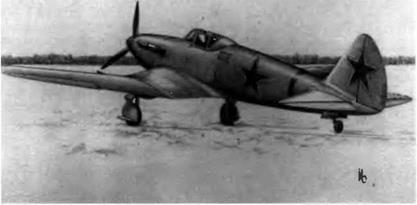
MiG OKB three-view drawing
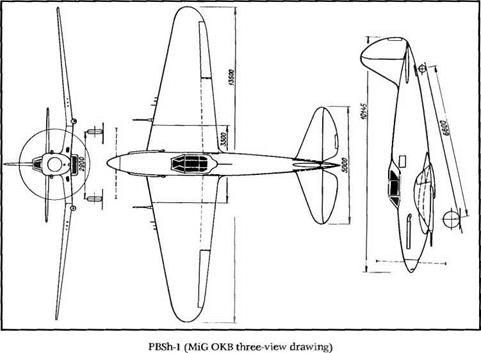
Specifications
Spotlights
- RailfanEthan 7.4 years ago
- DemonSniper8 7.2 years ago
- CarsonG1017 7.2 years ago
- OC3LOT1142 7.2 years ago
- Jacobdaniel 7.4 years ago
General Characteristics
- Created On iOS
- Wingspan 51.4ft (15.7m)
- Length 36.1ft (11.0m)
- Height 13.6ft (4.1m)
- Empty Weight 6,778lbs (3,074kg)
- Loaded Weight 9,124lbs (4,138kg)
Performance
- Horse Power/Weight Ratio 0.153
- Wing Loading 21.2lbs/ft2 (103.7kg/m2)
- Wing Area 429.5ft2 (39.9m2)
- Drag Points 2708
Parts
- Number of Parts 95
- Control Surfaces 9
- Performance Cost 440

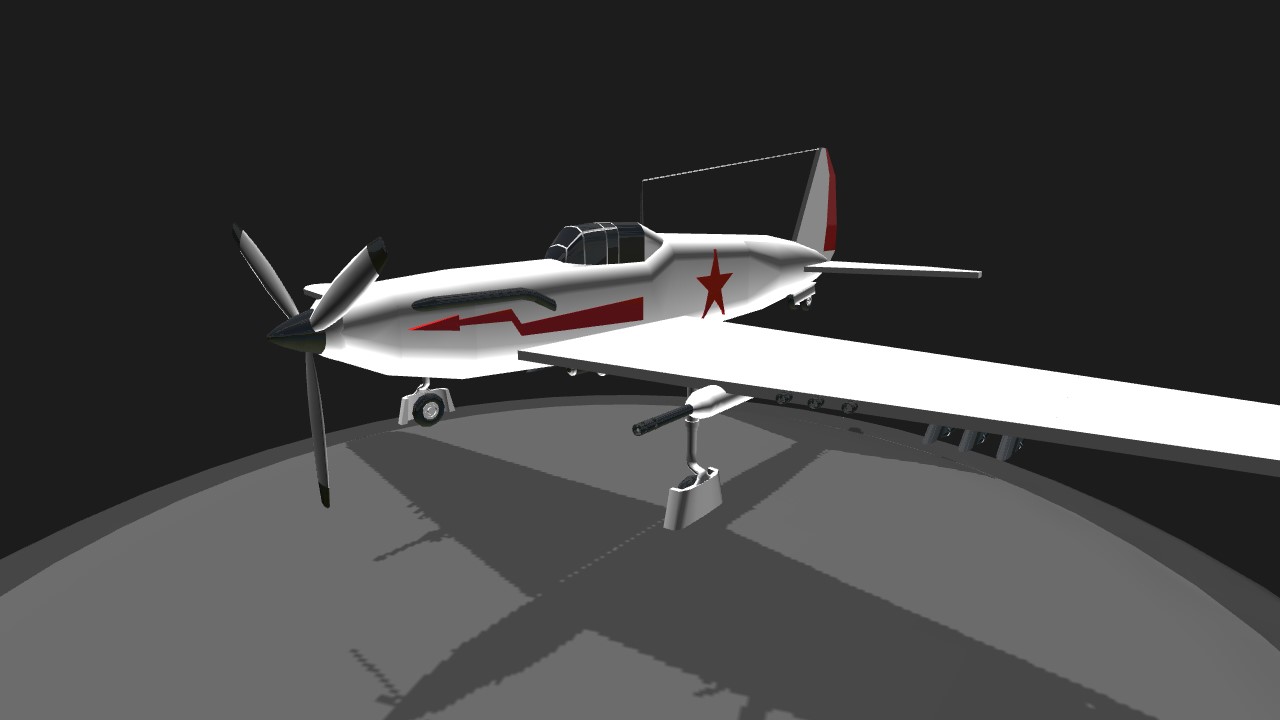
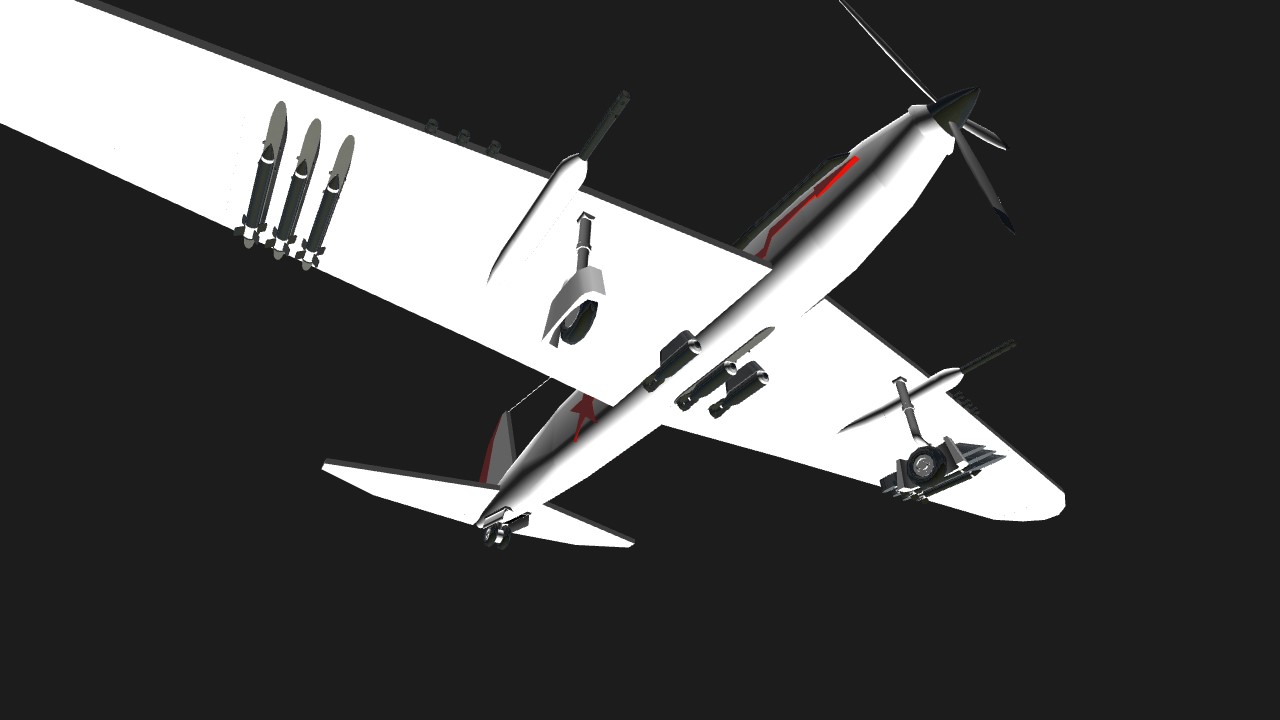
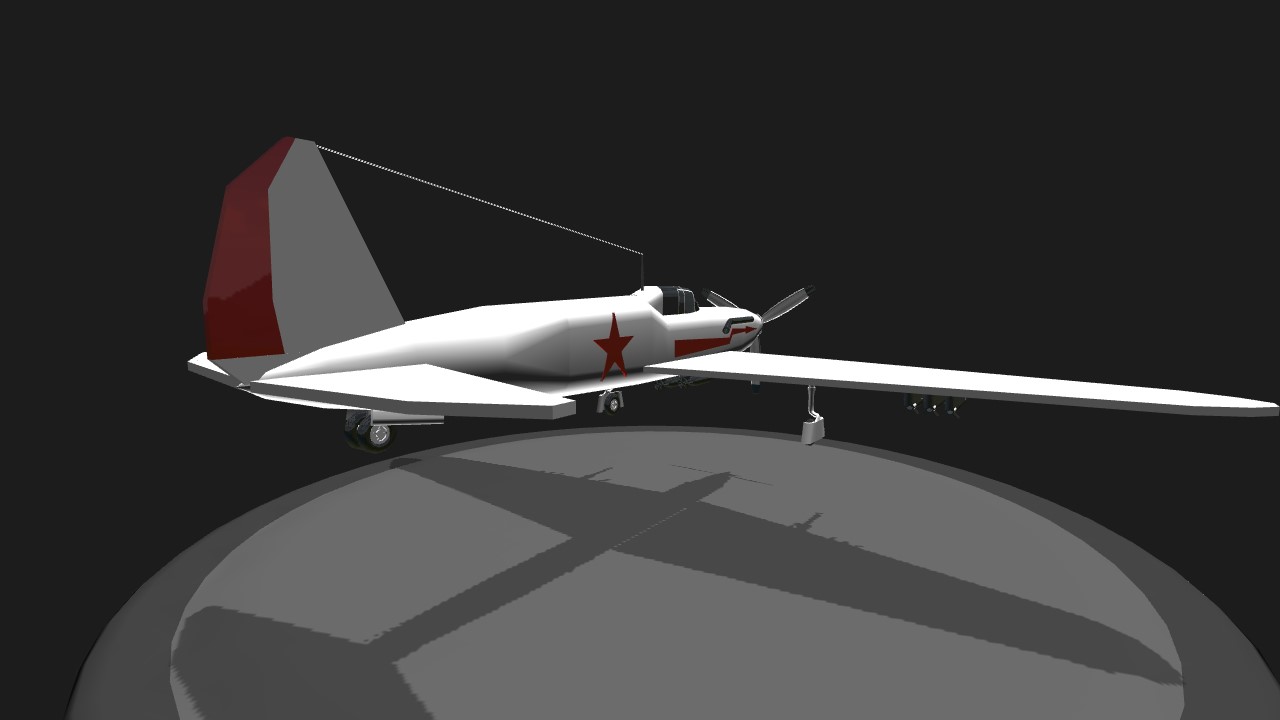
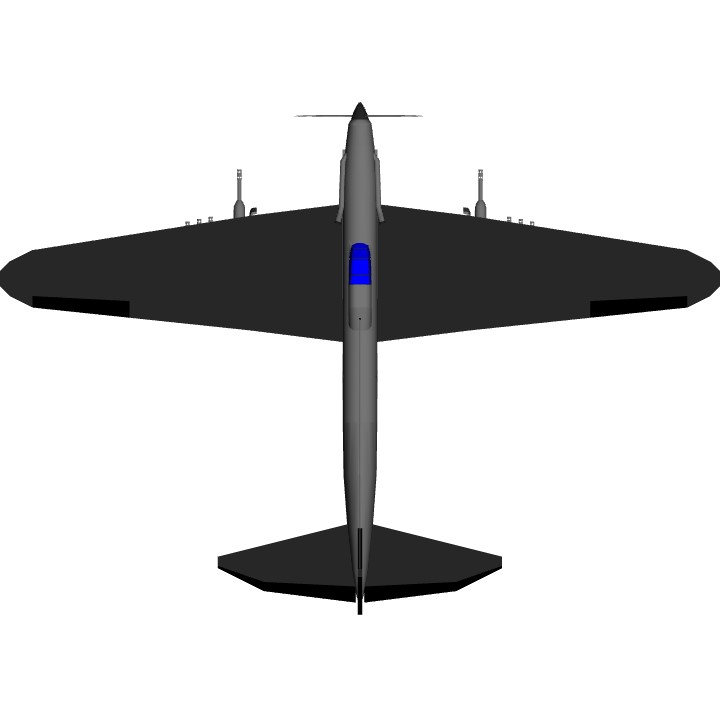
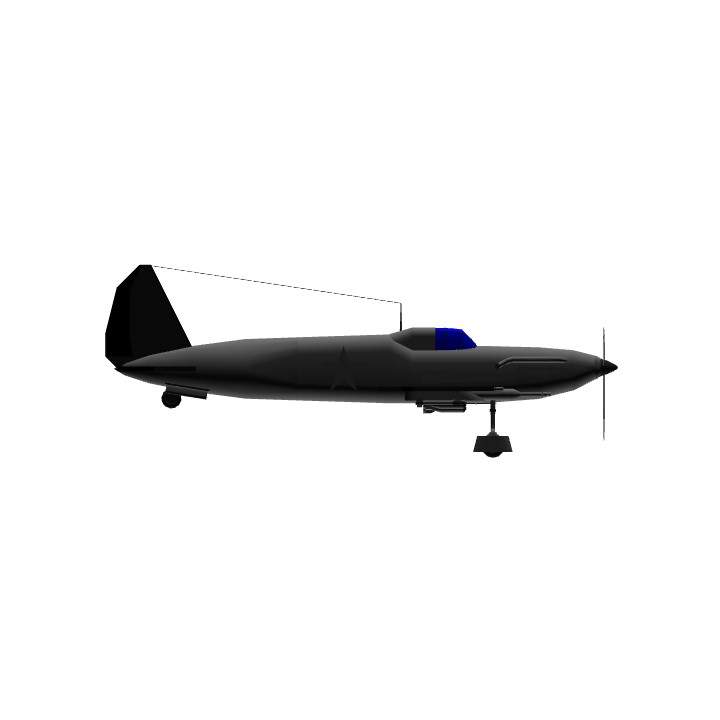
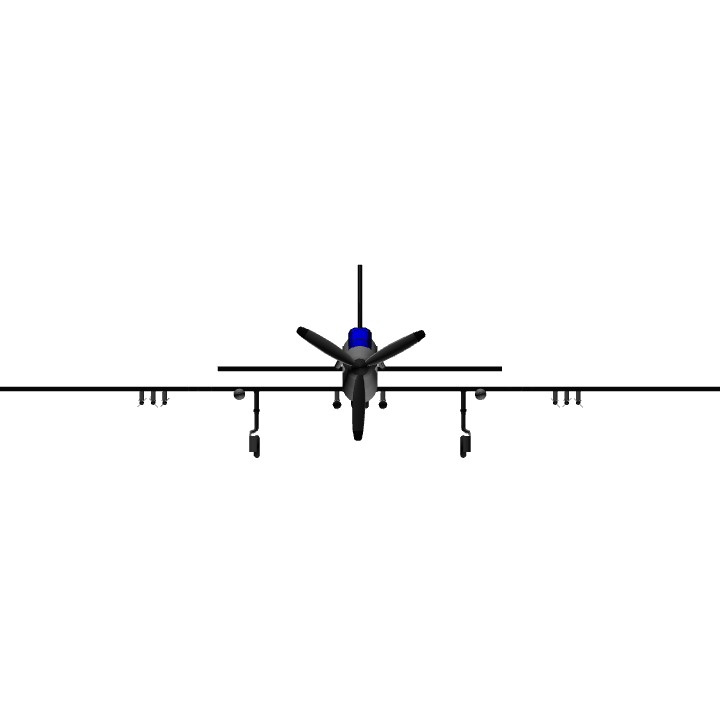
Thank you! @BlackBoA
Thanks! @SakuraSaku
great job!
Thanks @JJ0plane
amazing work
This one is great too!
Thank you. @BogdanX
Thanks for the upvote! @NikitGaurdIZ
Thanks! @Griffinthedragon
Thank you for your upvotes! @randomusername @CarsonG1017
@AircraftoftheRedStar np, and you can only tag 3 people in one comment
Thank you all!!! @Jacobdaniel @Trainzo @RailfanEthan @ransomusername @CarsonG1017
Nice replica . Cool job .
Sweet beans